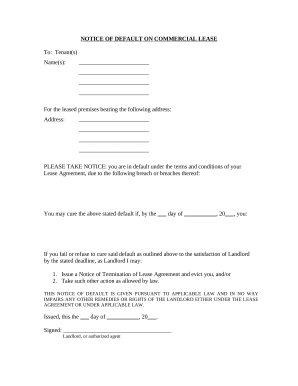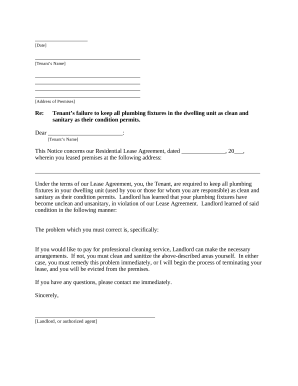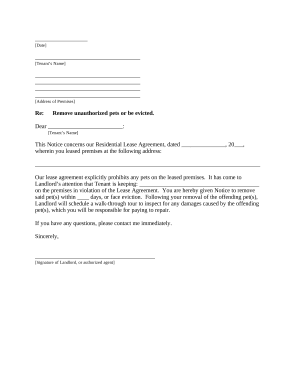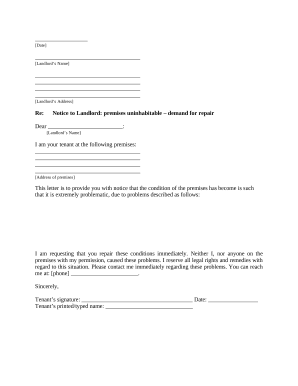






Your workflows always benefit when you are able to discover all of the forms and documents you will need at your fingertips. DocHub supplies a a large collection templates to relieve your daily pains. Get hold of Violation of Lease Agreement Letters category and quickly browse for your document.
Begin working with Violation of Lease Agreement Letters in several clicks:
Enjoy smooth form administration with DocHub. Check out our Violation of Lease Agreement Letters collection and find your form right now!